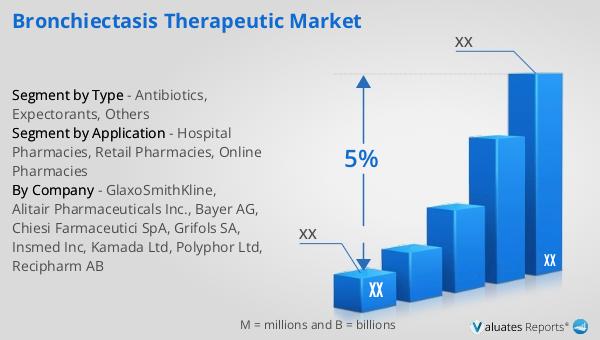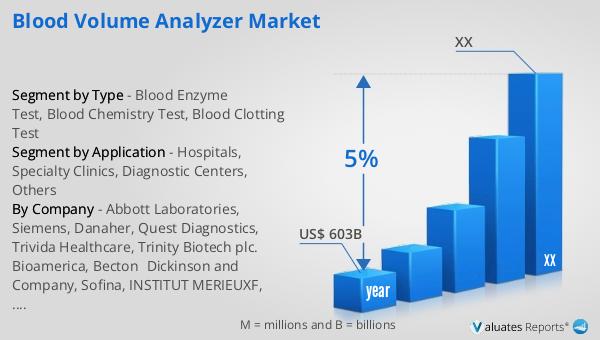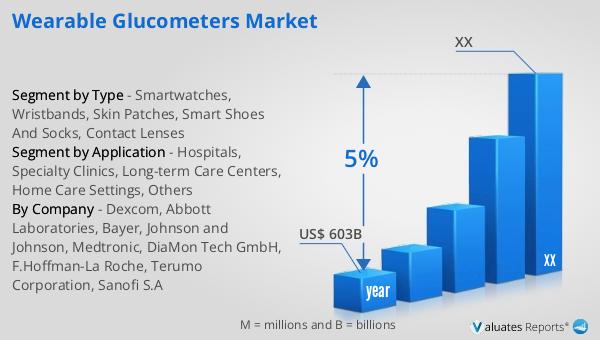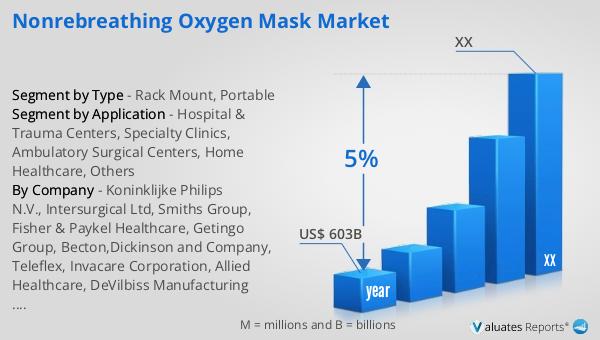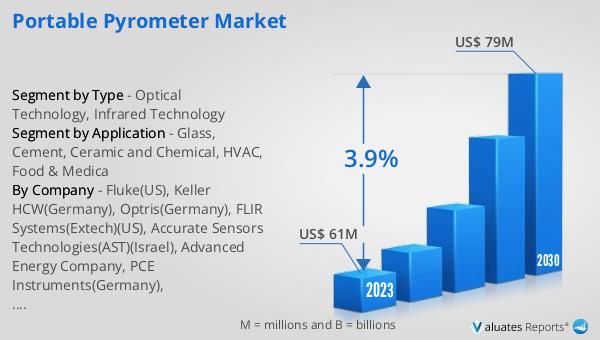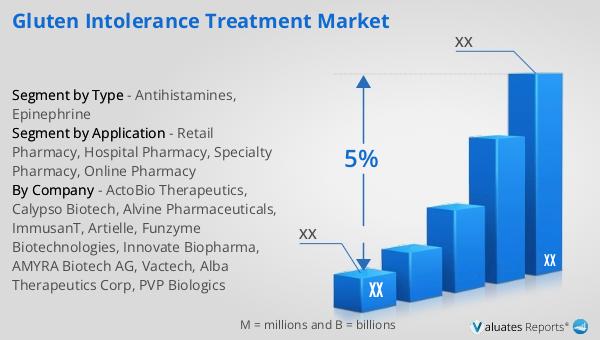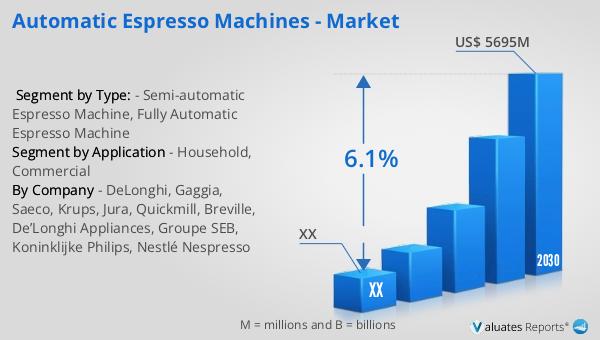What is Global Autogenous Vaccine For Aquaculture Market?
The Global Autogenous Vaccine for Aquaculture Market is a specialized segment within the broader pharmaceutical and veterinary industries. Autogenous vaccines are custom-made vaccines prepared from pathogens isolated from a specific farm or environment. These vaccines are particularly important in aquaculture, where fish and other aquatic animals are susceptible to various diseases caused by bacteria, viruses, and other pathogens. The primary goal of these vaccines is to enhance the immune response of aquatic animals, thereby reducing the incidence of disease and improving overall health and productivity. The market for these vaccines is driven by the increasing demand for seafood, the need for sustainable aquaculture practices, and the rising awareness about animal health and welfare. Additionally, regulatory frameworks in various countries are becoming more supportive of autogenous vaccines, further propelling market growth. The development and application of these vaccines require close collaboration between researchers, veterinarians, and aquaculture producers to ensure their efficacy and safety. Overall, the Global Autogenous Vaccine for Aquaculture Market plays a crucial role in maintaining the health of aquatic populations and supporting the sustainability of the aquaculture industry.
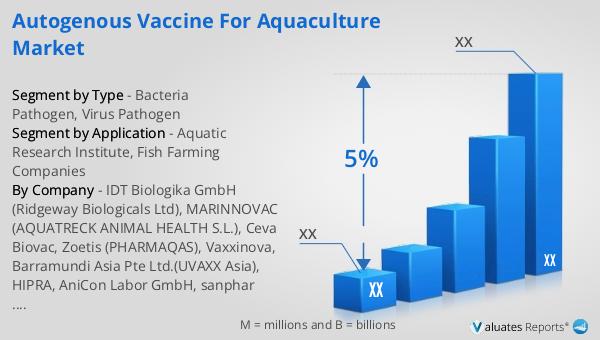
Bacteria Pathogen, Virus Pathogen in the Global Autogenous Vaccine For Aquaculture Market:
Bacteria pathogens and virus pathogens are two primary categories of infectious agents that significantly impact the Global Autogenous Vaccine for Aquaculture Market. Bacterial pathogens such as Aeromonas, Vibrio, and Streptococcus species are common culprits in aquaculture environments. These bacteria can cause a range of diseases, including ulcers, septicemia, and gill infections, which can lead to high mortality rates and significant economic losses. Autogenous vaccines targeting these bacterial pathogens are developed by isolating the specific strain causing the disease outbreak in a particular farm, inactivating it, and then using it to immunize the affected population. This tailored approach ensures that the vaccine is highly specific and effective against the prevalent strain, thereby providing better protection compared to commercial vaccines that may not cover all local strains. On the other hand, virus pathogens such as Infectious Hematopoietic Necrosis Virus (IHNV), Viral Hemorrhagic Septicemia Virus (VHSV), and Koi Herpesvirus (KHV) pose significant challenges in aquaculture. These viruses can spread rapidly through water and infected fish, leading to devastating outbreaks. Autogenous vaccines for viral pathogens are developed similarly to bacterial vaccines, by isolating the virus from the affected population, inactivating it, and using it to create a vaccine. However, developing viral vaccines can be more complex due to the nature of viruses and their ability to mutate rapidly. Despite these challenges, autogenous viral vaccines have shown promise in controlling outbreaks and reducing the impact of viral diseases in aquaculture. The use of autogenous vaccines in aquaculture offers several advantages. Firstly, they provide a targeted approach to disease management, as they are specifically designed to combat the pathogens present in a particular environment. This specificity enhances the efficacy of the vaccine and reduces the likelihood of disease outbreaks. Secondly, autogenous vaccines can be developed relatively quickly compared to commercial vaccines, allowing for a rapid response to emerging disease threats. This is particularly important in aquaculture, where disease outbreaks can spread rapidly and cause significant losses. Thirdly, the use of autogenous vaccines can reduce the reliance on antibiotics and other chemical treatments, promoting more sustainable and environmentally friendly aquaculture practices. However, there are also challenges associated with the use of autogenous vaccines. One of the main challenges is the need for accurate and timely diagnosis of the disease-causing pathogen. This requires advanced diagnostic tools and expertise, which may not be readily available in all regions. Additionally, the production of autogenous vaccines requires specialized facilities and expertise, which can be costly and time-consuming. Regulatory approval processes for autogenous vaccines can also be complex and vary between countries, adding another layer of complexity to their development and use. Despite these challenges, the Global Autogenous Vaccine for Aquaculture Market is expected to continue growing, driven by the increasing demand for seafood, the need for sustainable aquaculture practices, and the rising awareness about animal health and welfare. The development and application of these vaccines require close collaboration between researchers, veterinarians, and aquaculture producers to ensure their efficacy and safety. Overall, autogenous vaccines play a crucial role in maintaining the health of aquatic populations and supporting the sustainability of the aquaculture industry.
Aquatic Research Institute, Fish Farming Companies in the Global Autogenous Vaccine For Aquaculture Market:
The usage of Global Autogenous Vaccine for Aquaculture Market in aquatic research institutes and fish farming companies is multifaceted and essential for advancing the health and productivity of aquatic species. Aquatic research institutes play a pivotal role in the development and testing of autogenous vaccines. These institutes conduct extensive research to identify the specific pathogens affecting different aquaculture environments and develop vaccines tailored to combat these pathogens. They also perform rigorous testing to ensure the safety and efficacy of the vaccines before they are released for use in the field. This research is crucial for understanding the complex interactions between pathogens and their hosts, as well as for developing new and improved vaccines. Additionally, aquatic research institutes often collaborate with fish farming companies to monitor the health of aquatic populations and assess the effectiveness of vaccination programs. This collaboration helps to ensure that the vaccines are being used correctly and that they are providing the desired level of protection. Fish farming companies, on the other hand, are the primary users of autogenous vaccines. These companies are responsible for the health and welfare of large populations of fish and other aquatic species, and disease outbreaks can have devastating consequences. By using autogenous vaccines, fish farming companies can protect their stocks from specific pathogens that are prevalent in their environment. This targeted approach to disease management helps to reduce mortality rates and improve overall productivity. Additionally, the use of autogenous vaccines can reduce the need for antibiotics and other chemical treatments, promoting more sustainable and environmentally friendly farming practices. Fish farming companies also play a crucial role in the development of autogenous vaccines by providing samples of the pathogens affecting their stocks. These samples are used to create the vaccines, ensuring that they are highly specific and effective against the prevalent strains. The collaboration between aquatic research institutes and fish farming companies is essential for the success of autogenous vaccination programs. Research institutes provide the scientific expertise and resources needed to develop and test the vaccines, while fish farming companies provide the practical experience and real-world data needed to assess their effectiveness. This collaboration helps to ensure that the vaccines are both scientifically sound and practically applicable. Additionally, it allows for the rapid identification and response to emerging disease threats, helping to protect the health and productivity of aquatic populations. In conclusion, the usage of Global Autogenous Vaccine for Aquaculture Market in aquatic research institutes and fish farming companies is crucial for advancing the health and productivity of aquatic species. Aquatic research institutes play a key role in the development and testing of these vaccines, while fish farming companies are the primary users and provide the practical experience needed to assess their effectiveness. The collaboration between these two groups is essential for the success of autogenous vaccination programs and helps to ensure that the vaccines are both scientifically sound and practically applicable. Overall, the use of autogenous vaccines in aquaculture represents a targeted and sustainable approach to disease management, helping to protect the health and productivity of aquatic populations.
Global Autogenous Vaccine For Aquaculture Market Outlook:
The global pharmaceutical market was valued at 1,475 billion USD in 2022, experiencing a compound annual growth rate (CAGR) of 5% over the next six years. In comparison, the chemical drug market saw an increase from 1,005 billion USD in 2018 to 1,094 billion USD in 2022. This growth highlights the expanding demand for pharmaceutical products and the increasing importance of chemical drugs within the industry. The pharmaceutical market encompasses a wide range of products, including prescription medications, over-the-counter drugs, and biologics, all of which contribute to its substantial size and growth. The chemical drug market, a subset of the broader pharmaceutical market, focuses on medications derived from chemical compounds. This segment has shown steady growth, reflecting advancements in drug development and the ongoing need for effective treatments for various medical conditions. The data underscores the dynamic nature of the pharmaceutical industry and its critical role in global healthcare.
| Report Metric | Details |
| Report Name | Autogenous Vaccine For Aquaculture Market |
| CAGR | 5% |
| Segment by Type |
|
| Segment by Application |
|
| By Region |
|
| By Company | IDT Biologika GmbH (Ridgeway Biologicals Ltd), MARINNOVAC (AQUATRECK ANIMAL HEALTH S.L.), Ceva Biovac, Zoetis (PHARMAQAS), Vaxxinova, Barramundi Asia Pte Ltd.(UVAXX Asia), HIPRA, AniCon Labor GmbH, sanphar (ipeve), Kennebec River Biosciences |
| Forecast units | USD million in value |
| Report coverage | Revenue and volume forecast, company share, competitive landscape, growth factors and trends |
